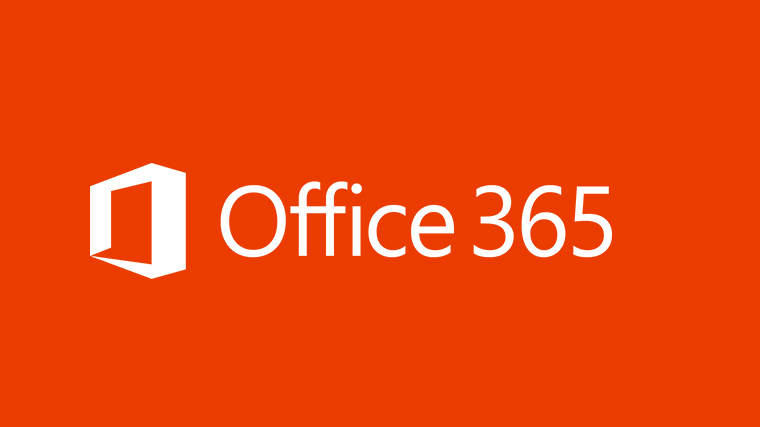Getting the Most Out of Office 365: Outlook on the Web
The first thing that’s typically associated with Office 365 is Exchange and Outlook on the Web. Email is the ubiquitous and foundational method of communication for most businesses. The world may never move away from email because it does its job of sending a message so well.
The world is changing and today email has become a non-value-added task for many. Email is an essential that one must do all day every day with no reprieve. While email has remained relatively unchanged, the way it gets used has been evolving. Today getting an email as a simple confirmation is common. Also, getting a long email addressed to dozens of people, where only one small part pertains to you happens all too often. So, clearly email needs to evolve while still retaining what makes it so necessary.
Microsoft is aware of two things. The first is that email needs to change, and second, email needs to stay the same. Although it might seem like there’s no viable solution to this problem, Microsoft has chosen to slowly and carefully walk the fine line between making subtle changes to Outlook on the Web while keeping the product largely unchanged.
Email needs to evolve in a couple of different ways. Because email is the primary method of communication to external contacts, attachments have become a major pain point for most companies. Attachments represent a security risk, a storage problem, and a current information crisis. To fix this problem, Microsoft has casually brought cloud hosted attachments via OneDrive for Business side by side with traditional attachments.
Storing data in the cloud and sharing documents, instead of attaching a copy, means a single file can be viewed, updated, and referenced by everyone. Also access can be revoked or changed after the email has been sent. File size is not the same issue because every attachment is not stored by every recipient of the email. Finally, OneDrive for Business provides an initial filter on dangerous content and can better track and protect their users.
The next pain point with email is micro-communications, which are simple emails, such as an individual responding, “Yes.” These small pieces of communication can be helpful when trying to communicate a short clear message, such as files received, or “I agree,” especially when the email was sent to a long list of people. To address this issue, Microsoft has introduced the ‘like’ mechanism to Outlook on the Web. This enables users to click a thumbs up next to emails, and the sender will be aware of who has liked their email.
Long emails to many people are always a bad idea, but whether we like them or not, they will always be around. In social media, this problem has been addressed with the invention of inline mentioning. In Office 365, this enables the composer of the email to mention people in the body of the email by typing the @ symbol and selecting the users from a drop down menu, where the mentioned person is then automatically added to the email. When receiving the email, the mentioned party will see their name highlighted to stand out from the body of the email.
In these few features, Microsoft has addressed major pain points with email while keeping it largely unchanged. If you do not like liking an email, then just don’t click the like button. Also if you prefer to write your long emails the traditional way and avoid inline mentioning, then go right ahead. Finally, if you prefer to attach files the old way, then you are more than welcome. But, if you want to begin moving away from traditional email, then these few tools will be exactly what you need to get started.



